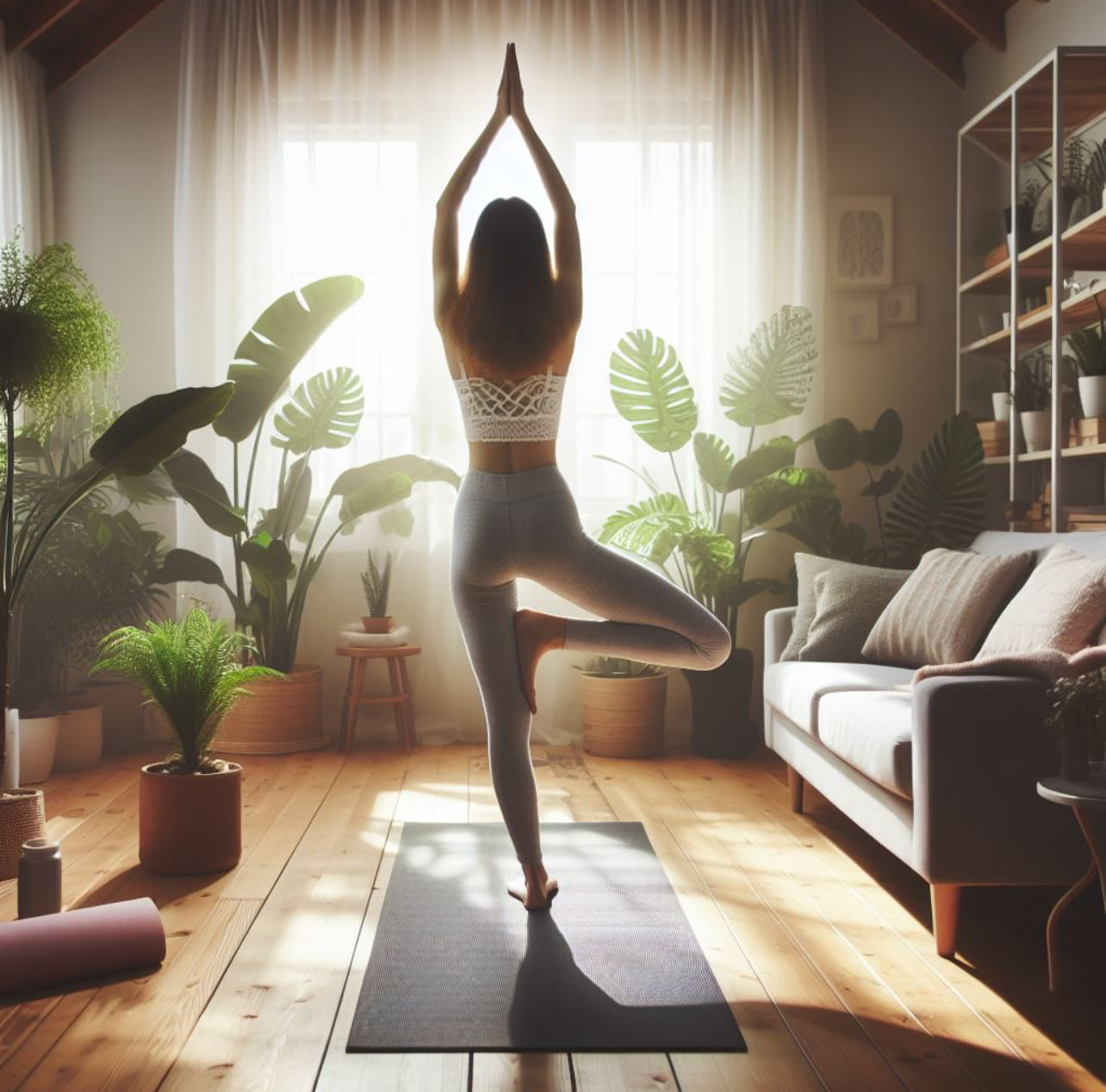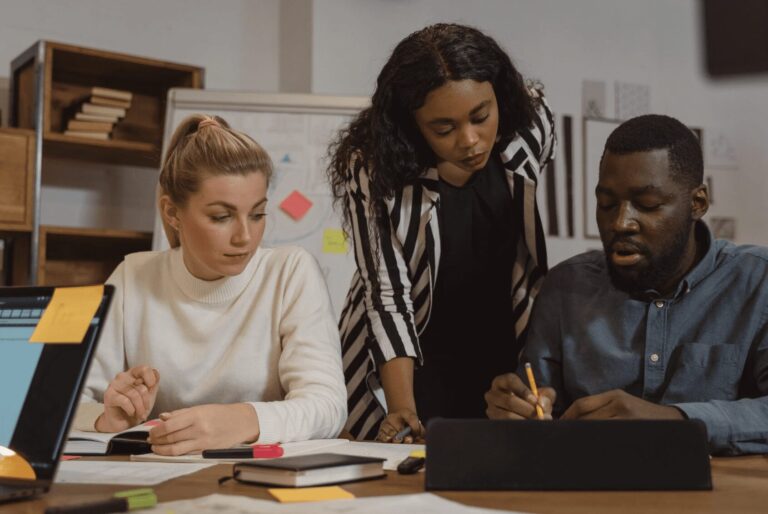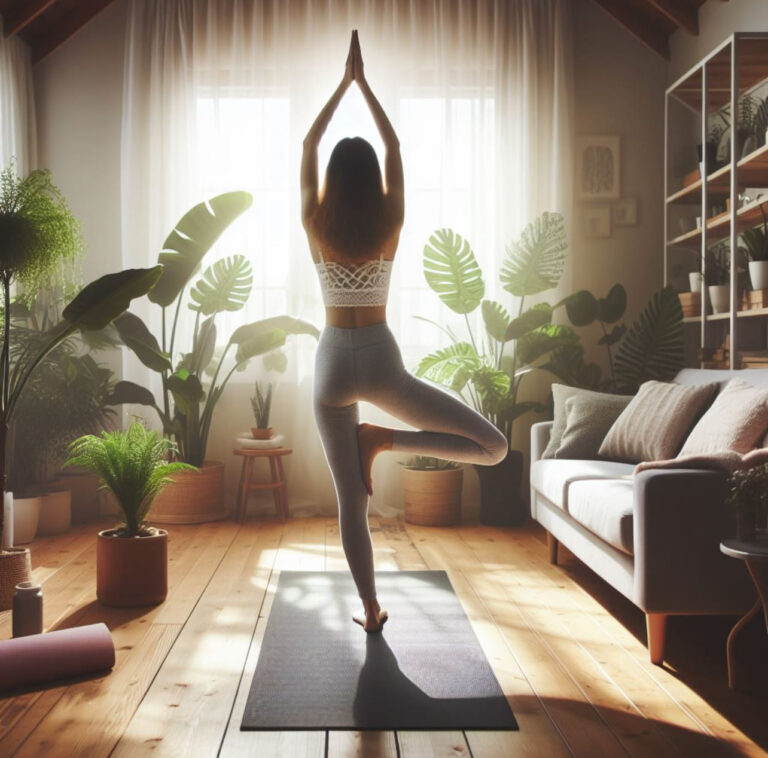

Yoga For Beginners At Home
How to start yoga for beginners? Yoga is a centuries-old mind-body practice that promotes physical, mental, and spiritual health. It can help you become more robust, flexible, balanced, and poised. Yoga can also help you reduce stress, anxiety, pain, and inflammation.
If you are new to yoga, you might feel intimidated or overwhelmed by the different types of yoga, poses, terms, and equipment and how to start your home practice without spending money or time.
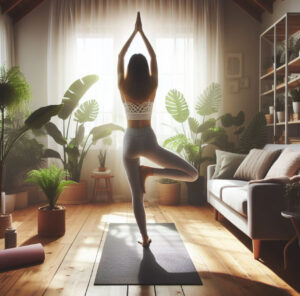

Discover some tips and tricks to help you start your yoga practice at home today. Whether you want to practice yoga for fitness, health, or wellness, there is something for everyone in this guide. Some of the steps to follow to start your home yoga practice today are the following:
Choose Your Style
The first step in how to start yoga for beginners is to choose your style. Yoga offers something for everyone, including Hatha, Vinyasa, Ashtanga, Bikram, Yin, Restorative, and more. Each has its benefits, challenges, and characteristics.
Consider your goals, preferences, and abilities. For example, if you want to improve your strength and endurance, try Vinyasa or Ashtanga. If you want to relax and stretch your muscles, try Yin or Restorative. If you like to learn the fundamentals of yoga, try Hatha.
Experiment with different styles to find what works best for you. You can experiment with different types until you find the ones that suit you best.
Find Your Resources
The second step in how to start yoga for beginners is to find resources. You don’t need a lot of equipment or money to practice yoga at home. All you need is some items and sources of guidance. Some of the things and references you might need are the following:
- Yoga mat is a thin, cushioned surface that provides grip and support for your poses. You can buy it online or in a local store for a reasonable price. Besides you can also use a towel or a carpet if you don’t have a mat.
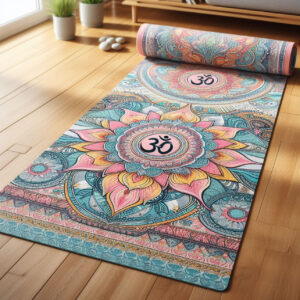

- A yoga block is a rectangular or cylindrical piece of foam or cork that helps you modify or deepen your poses. You can buy a yoga block online or in a local store. Also, you can use a book or a pillow if you don’t have one.


- A yoga strap is a long, flexible belt that helps you stretch or reach your limbs. Similarly, you can use a scarf or a belt if you don’t have a strap.


- A yoga app is a mobile application that provides audio or video instructions for various yoga classes and poses. Download a yoga app on your smartphone or tablet for free or for a small fee. Some popular yoga apps are Down Dog, Yoga Studio, Daily Yoga, Glo, and Gaia.
- A yoga website is an online platform that provides written or video content for various yoga topics and practices. You can access a yoga website on your computer or device for free or for a subscription fee. Some popular yoga websites are Yoga Journal, Do Yoga With Me, Yoga International, YogaGlo, and Omstars.
- A yoga book is a printed or digital publication that provides information and illustrations for various yoga aspects and techniques. You can buy a yoga book online or in a local store for an affordable price. Some of the popular yoga books are Light on Yoga by B.K.S. Iyengar, Yoga Anatomy by Leslie Kaminoff, The Yoga Sutras of Patanjali by Swami Satchidananda, and The Heart of Yoga by T.K.V. Desikachar.
Create Your Space
The third step in how to start yoga for beginners is to create your space. You don’t need much space or fancy decorations to practice yoga at home. All you need is some essential elements and conditions. Below are some of the features and conditions you might need:


- Clean and comfortable area. Choose a clean, spacious, and relaxing space in your home for your practice. Ensure the site is free of clutter, distractions, or hazards. You should also have enough room to move and stretch in all directions.
- Calm and quiet atmosphere. Create an atmosphere that is calm, quiet, and conducive to your practice. Also, avoid any noise, interruptions, or disturbances affecting your concentration or relaxation. In addition, you can use some music, candles, incense, or aromatherapy to enhance your mood and ambiance.
- Suitable and consistent time. Choosing an appropriate and consistent time for your practice would be best. Additionally, consider your energy level, schedule, and preferences. Yoga can be practiced in the morning, afternoon, or evening, depending on your goals and needs. Moreover, you can practice yoga for as long or as short as you want, ideally for at least 15 minutes daily.
Follow Your Routine
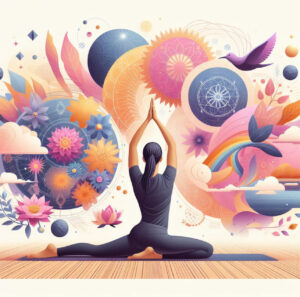

The fourth step in how to start yoga for beginners is to follow your routine. You don’t need a lot of rules or regulations to practice yoga at home. Some basic guidelines and tips are best. Some of the procedures and suggestions you might need are:
- Warm-up. Please warm up before starting your practice. Warming up helps prepare your body and mind for the poses and movements. In addition, it enables you to prevent injuries and increase your flexibility and range of motion. You can warm up by doing gentle stretches, breathing exercises, or sun salutations.
- Breathe. Always breathe during your practice. Breathing helps you connect your body and mind and regulate energy and emotions. It also enables you to relax, focus, and balance. You should breathe deeply, smoothly, and evenly through your nose and synchronize your breath with your movements.
- Pose. It would help if you always posed with awareness and alignment. Indeed, posing enables you to strengthen, tone, and shape your muscles, bones, and joints. Moreover, it improves your posture, coordination, and stability. Pose with proper form, alignment, and engagement, and avoid pain, strain, or discomfort. Furthermore, modify or skip poses that are too hard or uncomfortable for you.
- Flow. Remember to flow with grace and ease. It creates a sense of rhythm and momentum in your practice. Likewise, it enables you to create rhythm and harmony in your practice. You should flow with fluidity, agility, and control and avoid jerks, stops, or gaps. It is advisable to vary or change your flow according to your mood and needs.
- Relax. Always relax after finishing your practice. Relaxing helps you cool down and calm down your body and mind. It also lets you absorb the benefits of your training and restore balance and harmony. Relax by lying on your back, closing your eyes, and breathing deeply for a few minutes. Additionally, use a blanket, a pillow, or an eye mask to enhance your comfort.
Enjoy Your Practice
The fifth and final step to start your home yoga practice is to enjoy your practice. You don’t need a lot of expectations or judgments to practice yoga at home. All you need is some basic attitudes and mindsets. Below are some of the attitudes and perspectives you might need:
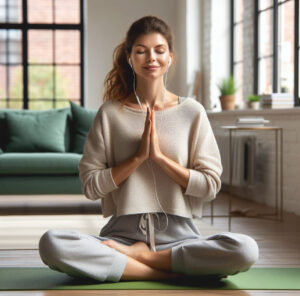

- Be curious about yoga and its benefits for you, yourself, and your potential for growth and transformation. Additionally, explore different styles, poses, flows, and resources of yoga and discover what works best for you.
- Be flexible with yoga and its challenges for you, with yourself and your limitations or difficulties. Adapt to different situations, conditions, or changes in your practice and accept what you can or cannot do at any given moment.
- Be patient with yoga and its results for yourself and your progress or setbacks. Equally important, understand that yoga is a journey, not a destination and that it takes time, effort, and consistency to see the benefits of your practice.
- Be grateful for yoga and its gifts for yourself and your abilities or achievements. You should appreciate the opportunity to practice yoga at home and the privilege of having a healthy body and mind.
Therefore, yoga is a beautiful practice that can benefit you in many ways. You can start your home yoga practice today without hassle by following these steps.
Remember that yoga is not a competition or a comparison with others or yourself. Yoga is a personal and unique experience for each individual. So don’t be afraid to try yoga at home and enjoy its benefits! Thanks for reading, and I’ll see you at the next one!

